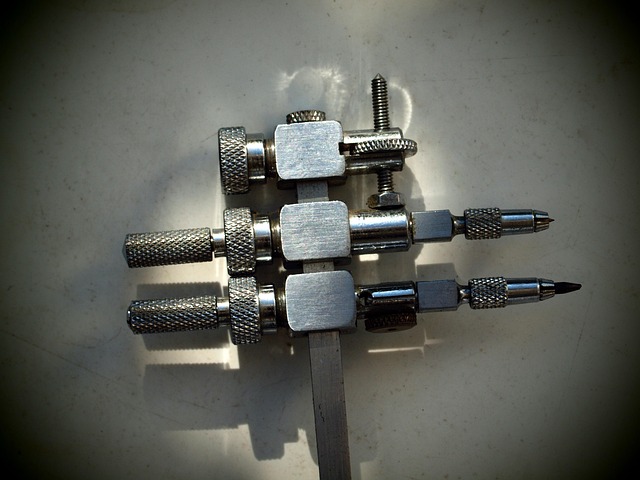Steel structure drafting is a vital skill for modern construction across residential, commercial, and industrial sectors, transforming designs into detailed 2D/3D drawings with accurate dimensions, materials, and load-bearing principles. It ensures stakeholder coordination, structural integrity, and compliance with building codes, facilitating successful project execution while adhering to design aesthetics and safety regulations.
In the realm of construction, precise and detailed structural drawings are paramount. This article explores the art and science of 2D and 3D steel structure drafting for residential, commercial, and industrial projects. From understanding the basics to delving into specific project types, we guide you through the intricacies of creating robust drawings that lay the foundation for successful builds. Master these skills in steel structure drafting and revolutionize your projects.
Understanding Steel Structure Drafting Basics
Understanding the fundamentals of steel structure drafting is essential for any project involving residential, commercial, or industrial buildings. Steel structures form the backbone of modern construction, offering strength and versatility that makes them suitable for a wide range of designs. Drafters play a crucial role in translating architectural visions into precise technical drawings, guiding the fabrication and erection processes.
Steel structure drafting involves creating detailed 2D and 3D drawings that specify every component and connection within a steel frame. Basic knowledge includes an understanding of dimensions, materials, and engineering principles governing load-bearing capacity. Drafters must be proficient in using industry-standard software to produce accurate, scalable blueprints, ensuring structural integrity and compliance with building codes. This skill set is vital for successful project execution, enabling efficient coordination among architects, engineers, and builders.
Residential Projects: Plans & Specifications
In residential projects, steel structure drafting plays a pivotal role in translating architectural designs into tangible plans and specifications. This meticulous process involves creating detailed 2D drawings that illustrate the layout of each floor, including wall placements, door and window openings, and structural support elements. Additionally, 3D modeling offers a comprehensive visual representation, allowing stakeholders to gain a deeper understanding of the building’s aesthetic and functional aspects.
Specifications in residential projects go beyond dimensions and materials. They meticulously outline construction methods, detailing how each component of the steel structure will be assembled and fastened. This ensures not only structural integrity but also facilitates seamless collaboration among contractors and builders. Accurate plans and specifications are vital for successful project execution, ensuring that the final residential structure meets both design aspirations and safety standards.
Commercial Spaces: Design Considerations
Commercial spaces, from office towers to retail outlets, present unique challenges in structural design compared to residential projects. One key aspect is the incorporation of steel structure drafting techniques to meet the demands of modern construction. These structures often require intricate designs that balance aesthetic appeal with functional necessity, especially when integrating with existing urban landscapes.
The complexity increases with diverse commercial uses, necessitating versatile spaces adaptable to various functions. This calls for skilled professionals who can create detailed 2D and 3D drawings, ensuring the structural integrity of buildings while incorporating modern materials like steel. Effective steel structure drafting ensures that every element, from columns and beams to roofing systems, is optimized for load-bearing capacity and longevity, thereby contributing to a building’s overall durability and safety.
Industrial Applications: Complex Drawings & Layouts
Industrial applications often require intricate 2D and 3D structural drawings, especially for projects involving complex steel structures. These detailed blueprints are essential in manufacturing, construction, and engineering to visualize and communicate the design intent accurately. Steel structure drafting plays a pivotal role here, as it involves creating precise drawings that specify dimensions, materials, connections, and other critical aspects of metal frameworks.
In industrial settings, clear structural layouts are necessary for assembly lines, factories, and large-scale production facilities. Drafters collaborate closely with engineers to interpret complex designs and translate them into comprehensive plans, elevation views, and sections. These drawings facilitate the coordination among various teams involved in the project, ensuring a seamless construction process and a robust final product.
In conclusion, steel structure drafting is a multifaceted discipline that plays a pivotal role in bringing architectural designs to life across various sectors. From residential homes to towering industrial complexes, accurate 2D and 3D structural drawings are essential for successful project execution. By mastering the basics and exploring advanced concepts, professionals can navigate the intricate world of steel construction, ensuring robust, safe, and aesthetically pleasing structures that stand the test of time.
